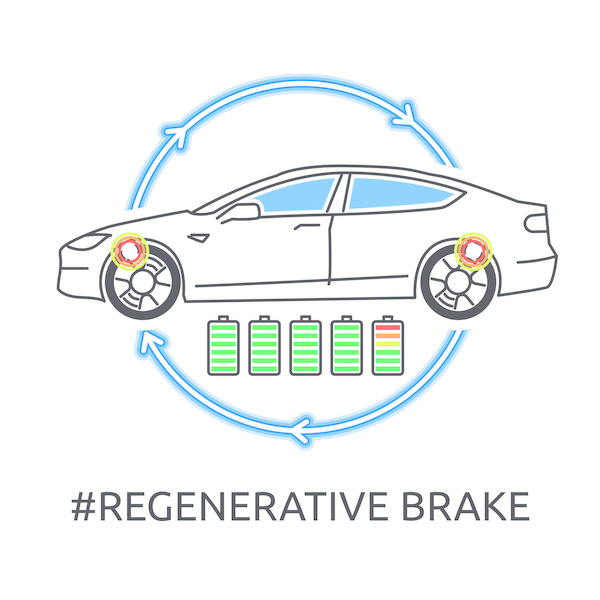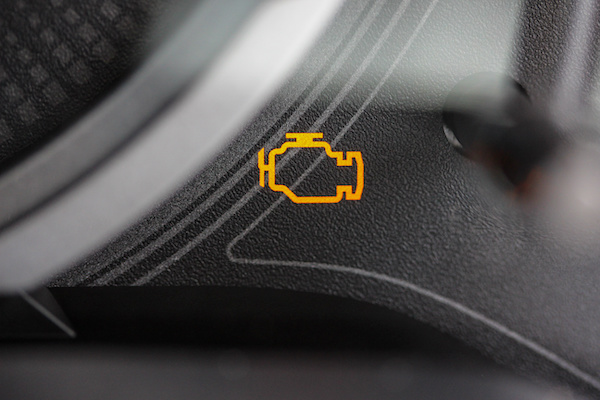Posted on 12/31/2022

You've heard of hybrid cars and how well they can be for the environment. Those where it shuts off when it stops at a red light and turns itself back on again when you accelerate. So, how does that work? That's what we'll be discussing in today's post, on exactly how hybrid engines work. What Makes a Hybrid Engine In a hybrid engine, the internal combustion engine and the electric motor work together to power the vehicle. The internal combustion engine is typically used to generate electricity, which is then used to power the electric motor. The electric motor, in turn, powers the wheels of the vehicle. The hybrid engine system is designed to automatically switch between the internal combustion engine and the electric motor, depending on the driving conditions. For example, when driving at low speeds or when starting from a stop, the electric motor may be used to power the vehicle. When more power is needed, such as when driving at higher speeds or when climbi ... read more
Posted on 11/30/2022

Day in and day out, your Mercedes-Benz tires go around and around. You might think, “they work fine”. That is because it is difficult to notice that your front tires wear faster than the rear tires. Most people don’t notice it until it is too late. That is why it is always important to rotate the tires on your Mercedes-Benz. Tire rotations ensure treads wear evenly and tires last longer. How Often Should I Have Tire Rotations Done? Tire rotations should be done every 3,000-5,000 miles, or as specified by the manufacturer. Typically, you should have this service performed with every oil change. That way, you can save yourself a trip and not have to worry about keeping a record of the service. Why Can’t I Just Do It Myself? While it is possible to switch the positioning of your car tires on your own, it is highly not recommended. It requires extra time and labor when you don’t have the right experience, skills, or tools. T ... read more
Posted on 10/28/2022

When you think of a hybrid or electric vehicle, the first thing that comes to mind is probably the environment-friendly aspect. While this is undoubtedly true, there are other benefits to driving these types of cars. One of them is the use of regenerative braking systems. But how do regenerative braking work in hybrid and electric vehicles? This article will discuss how regenerative braking works and how it can benefit drivers of hybrid and electric cars. What is Regenerative Braking? Regenerative braking is a process in which the electric motor in hybrid and electric vehicles acts to convert kinetic energy into electrical energy. The vehicle battery stores this energy for later use. This braking system works in a two-way energy flow in which the motor converts energy into electricity to recharge the vehicle's battery instead of using the power to propel the car forward. Traditionally, in older cars, the energy produced when braking becomes heat. Over time wearing of the brake p ... read more
Posted on 9/30/2022
.jpeg)
Most Porsche owners will do anything and everything to keep their vehicle in good shape (or at least they should!). One way to do this is by being aware of your engine health. The engine needs more than engine oil to keep its temperature stable and operations in line. One major component that supports the engine is the oxygen sensor(s). Read on to understand what an oxygen sensor is and how it works and the symptoms that indicate when they have gone bad. What is an Oxygen Sensor? An oxygen sensor, or O2 sensor, is a sensory device that computes and assesses the oxygen levels in the Porsche’s exhaust system. It constantly sends information to the car's computer, which then tells other parts to make changes to the air-to-fuel ratio accordingly. When your car is able to achieve a balanced air and fuel mixture, your Porsche will run efficiently and smoothly. What Are the Signs of a Faulty Oxygen Sensor? There are several symptoms that indicate when the oxygen sensor has ... read more
Posted on 8/30/2022

The check engine light is a way for your BMW to tell you that your vehicle is dealing with an internal issue, related to the engine. In some cases, it may mean outright engine failure. There are A LOT of reasons why this warning symbol may come on. Some are fixable with a small repair or replacement, while others can mean having to replace your engine. Read on to learn more about the top 3 common reasons why BMW check engine light comes on: Loose or Damaged Gas Cap Something as easy as forgetting to twist on your gas cap can cause this light to trigger on. The vehicle’s gas cap can deteriorate over time, so it doesn’t come as a surprise if you have to change it out later on in your BMW’s life. If your gas cap is not in the best shape, we can replace it right here at Romay’s Auto Service. Worn Spark Plugs Spark plugs are essential to your engine’s operation. This small component allows the small spark of electricity to occur to ignite the ... read more